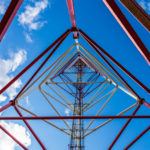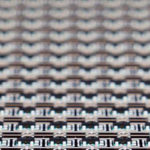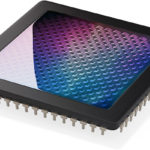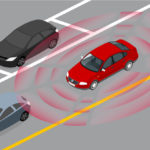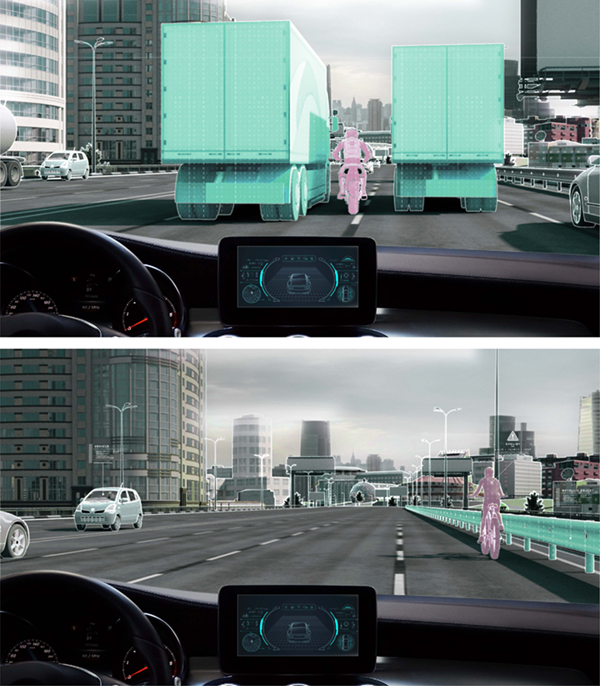 Uhnder will soon become the first company to mass produce a fully automotive qualified, 4D digital imaging radar-on-chip that will transform our roadways, making possible next-generation ADAS (advanced driver assistance systems), autonomous vehicles (AVs), and automated mobility applications.
Uhnder will soon become the first company to mass produce a fully automotive qualified, 4D digital imaging radar-on-chip that will transform our roadways, making possible next-generation ADAS (advanced driver assistance systems), autonomous vehicles (AVs), and automated mobility applications.
“Uhnder’s 4D digital imaging radar-on-chip is a next-generation product that demonstrates new ways to advance automotive safety to save lives,” said Douglas Campbell, president,Automotive Safety Council. “Fatalities of vulnerable road users are now 20 percent of all roadway deaths in the US and even more in developing countries. ADAS technologies, such as pedestrian automatic emergency braking (P-AEB) that can reliably operate at night, can help reduce pedestrian fatalities per the latest report from the Insurance Institute for Highway Safety. Improved high-resolution perception sensors, such as Uhnder’s radar-on-chip, can potentially help reduce this rising fatality category.”
Uhnder’s technology delivers the industry’s first digital radar solution with better accuracy and the power to sense moving or standing objects, large or small, at both short and long distances in all-weather and lighting conditions, all while mitigating mutual interference between other radars. Uhnder’s digital radar can clearly identify a pedestrian crossing the road, a child entering the street from beside a parked car, or a bicyclist next to a guard rail, at levels of accuracy that legacy analog radar systems cannot achieve.
“Digital radar provides 16 times better resolution, 24 times more power on target, and 30 times better contrast than today’s analog offerings, improving detection capabilities for better road safety for all users – drivers, passengers, cyclists, and pedestrians,” said Manju Hegde, CEO and cofounder, Uhnder, Inc. “As more and more radars are fitted onto vehicles and other mobility solutions, interference among adjacent radar becomes problematic. Our radar, based on Digital Code Modulation, mitigates this problem.”
In April 2022, Uhnder will release its S80 radar-on-chip to mass production. The device will be the first 4D digital imaging radar solution and will have completed stringent automotive requirements:
- Automotive Electronics Council (AEC) Q104 qualification
- ISO 26262 Automotive Safety Integrity Level (ASIL-B) rating
- Production Part Approval Process (PPAP) with its first Tier 1 automotive customer, Magna

